To Spain by car

In this article we give you some tips if you travel to Spain by car this summer. It has just been officially decided that Spain will reopen its borders to several countries in the EU zone from 21 June. Belgium and the Netherlands belong to this group.
We already assumed for a long time that we could travel back to Spain from the 1st of July, but under European pressure this was reduced to the 21st of June. But travelling in itself is not yet a matter of course. Especially air traffic still suffers heavily from the crisis and people who had already booked flights after the first of July were already cancelled because the number of passengers was too low. All the more reason to perhaps consider taking the car.
Some tips if you travel to Spain by car.
What do you need to have with you:
- A warning triangle, better 2 than 1 because in Spain you put 1 in front and 1 behind the car.
- Reflective vests for front driver and extra vests for all your passengers. Do you have five seatbelts in the car? Then put 5 vests in the car.
- If you don't have run-flat tires, spare wheel or tire repair kit
- If you're wearing glasses, you must have a spare pair of glasses in the car
If you travel on the highways there is a good chance that you will drive over an Autopista and you will undoubtedly come across a toll booth. In Spain there is no vignette so as in France you will have to pay directly to the toll booth. This can be done with cash (for the time being) or with a credit card. Be careful with a standard bank card because not every toll booth accepts this.
More info can be found here:
Low emission zones
In Spain there are 2 types of low-emission zones: LEZ (Low Emission Zone) and ZEZ (Zero Emission Zone). These zones can be found in major cities such as Barcelona and Madrid. In order to enter an LEZ, you need an environmental badge (Distintivo Ambiental). This vignette indicates the Euro standard of your car. Cars with a Euro standard 4 or higher may enter the LEZ. Cars with a lower Euro standard are banned. The ban may be permanent or temporary.
More info can be found here:
Radar clickers
Radar detectors are prohibited. If you have a GPS with this function, you must disable this function when you enter Spain.
Rules typical for Spain
- When you take your bikes with you on a bike carrier on the back of the car, you have to signal this with a red-and-white striped sign. Reflective sign and dimensions should be 50 by 50 cm.
- The use of a headset, earphones or headphones is prohibited for all drivers of a vehicle.
- Driving GPS while driving is forbidden, so do this in advance
- Stop the engine if you are stationary for more than 2 minutes and are unable to continue driving
- Intersections in urban areas shaded with squares may only be entered if you are able to cross the entire area.
In the event of an accident
- Take the European collision form and fill it out, let the other party fill it out correctly and deliver it to your insurance company.
- Accident with injured persons, then all parties involved are obliged to stay at the accident site until the police are at the scene.
- Emergency phone numbers
Always make sure that you know the exact location from which you are calling in advance.- 112 (European emergency number): general emergencies. You will then be redirected to the appropriate service.
- 091: National Police, in urban areas
- 062: Guardia Civil, platteland en kleinere steden (<20.000 inwoners)
- 092: Policia Local, municipal police
- In any case, make sure you have a European health insurance card. You have to apply for it at your health insurance company. The card is personal, so everyone in your travel group should have one.
We offer our customers travel insurances that are valid worldwide and underwritten by Lloyds. These insurances can be taken out from € 47.95 and then you are covered unlimited for medical expenses arising from a traffic accident, even as a pedestrian, in public transport, passenger and even as extra cover if you are a driver on top of your car insurance. Have you and your family adequately insured during your trip.
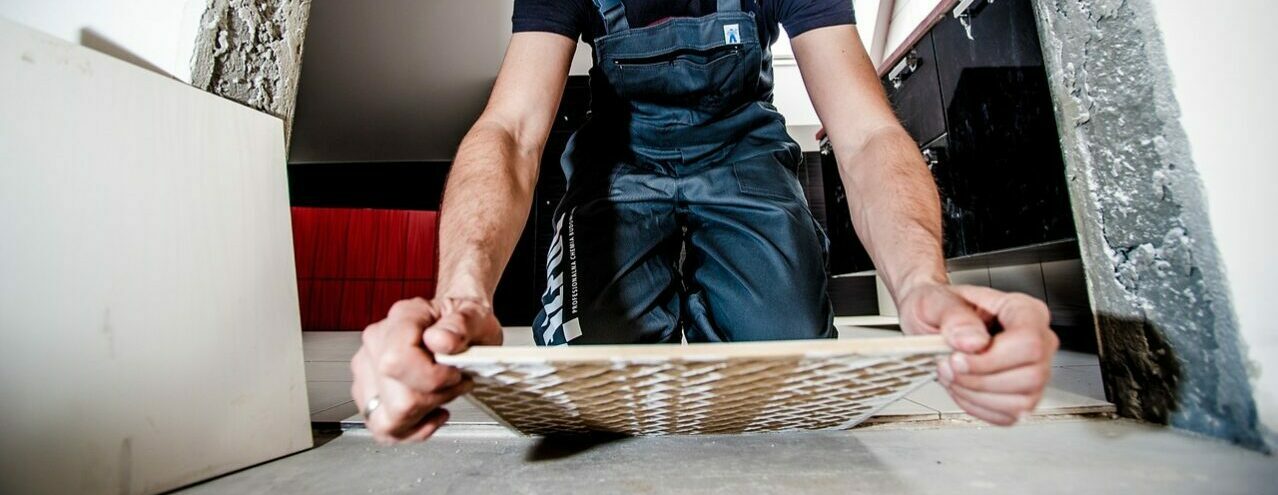




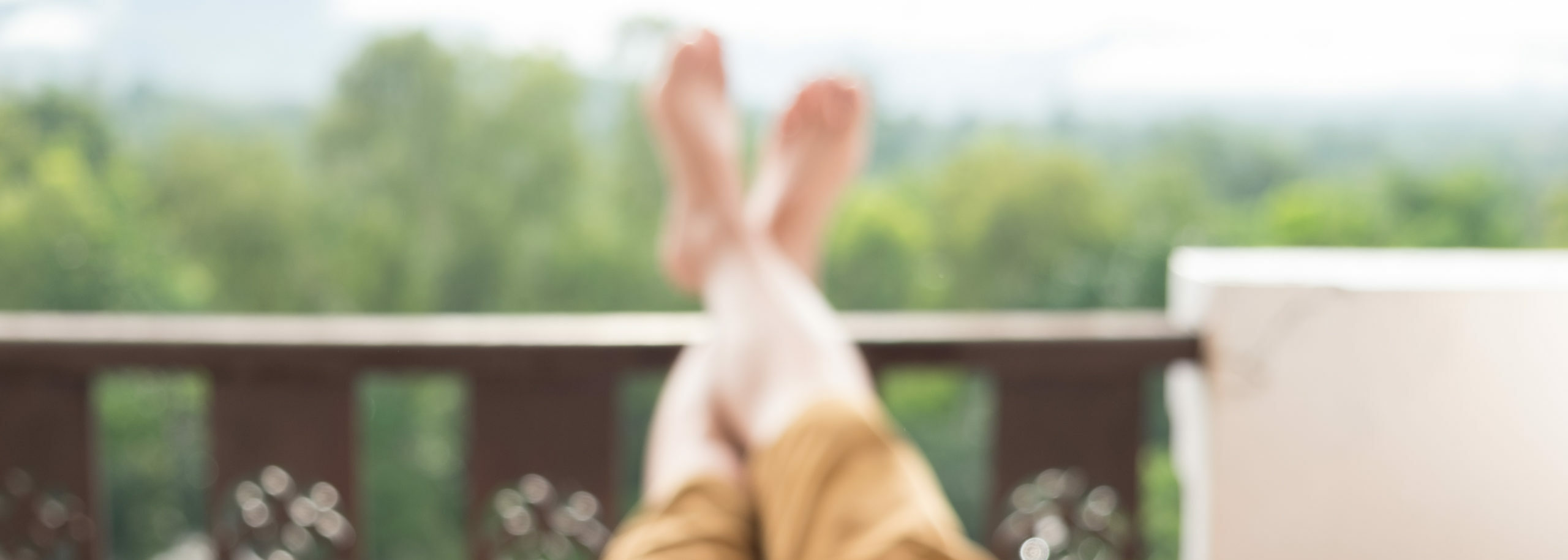
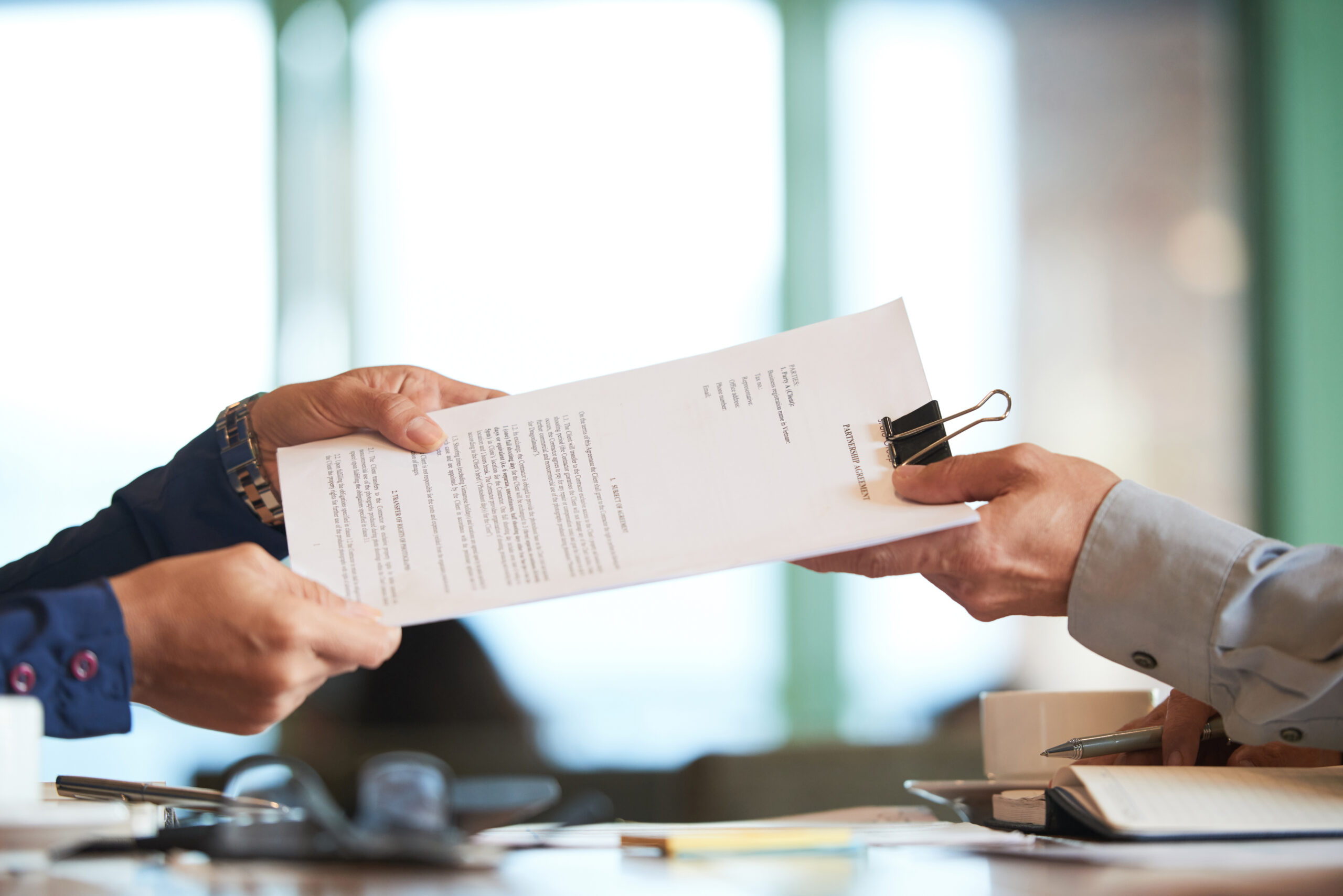
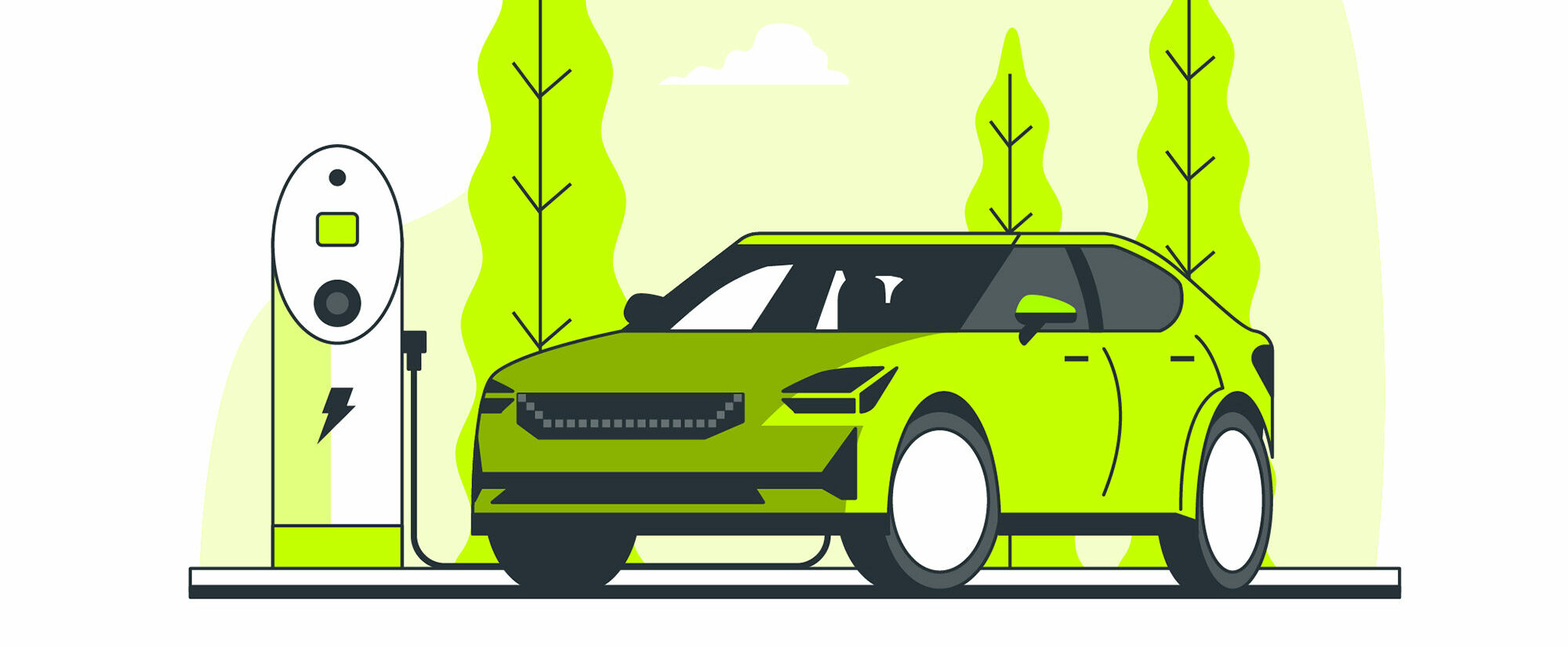
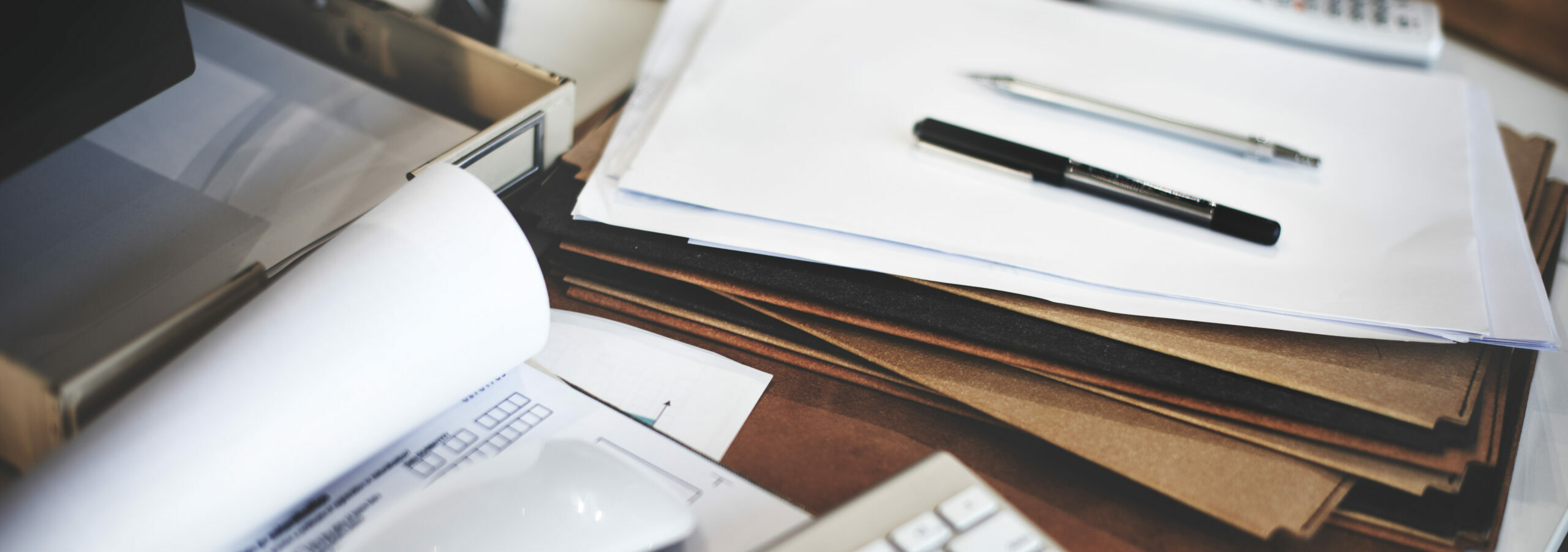
Related Posts